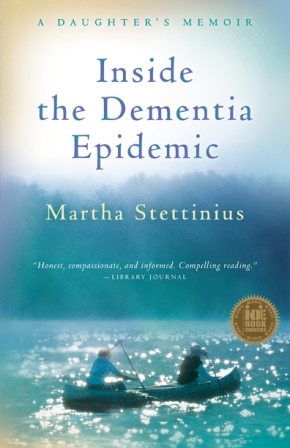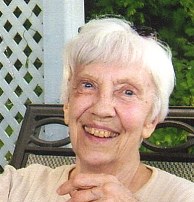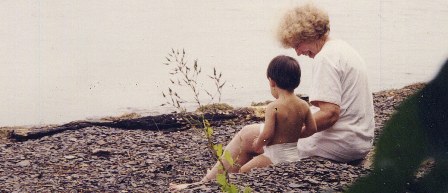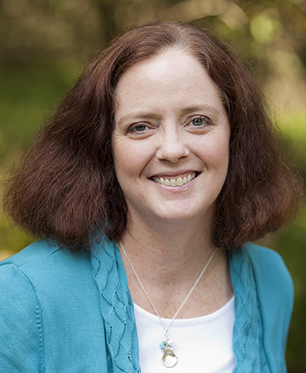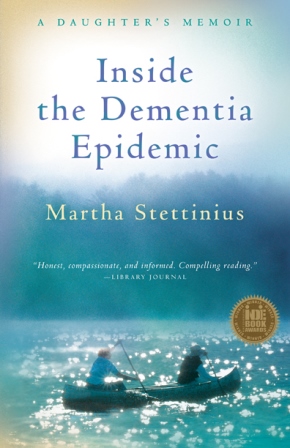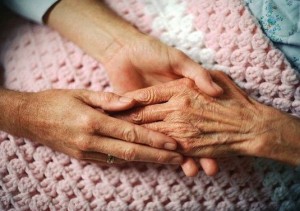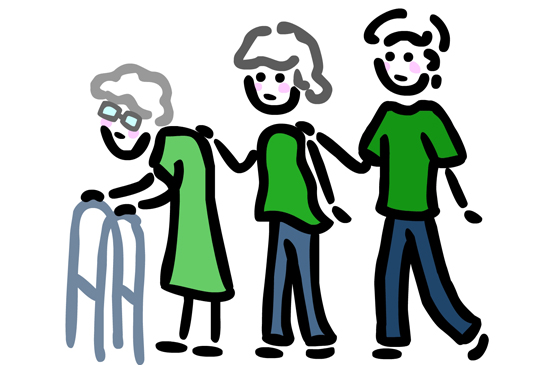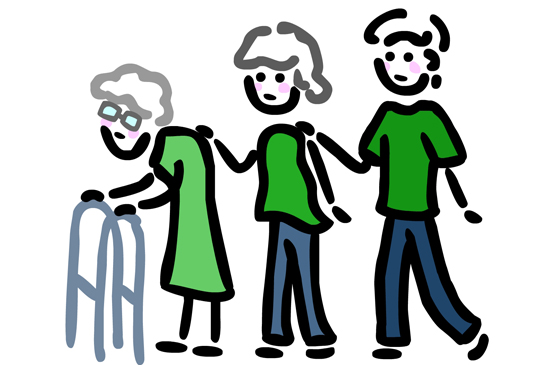Respite, Counseling, and Care Coordination: The Best Ways Taxpayers Could Protect Caregiver Health
 Wednesday, April 9, 2014 at 09:15PM
Wednesday, April 9, 2014 at 09:15PM  Caregiving with insufficient support can put our health at risk. According to the Office on Women’s Health in the U.S. Department of Health and Human Services, family caregivers:
Caregiving with insufficient support can put our health at risk. According to the Office on Women’s Health in the U.S. Department of Health and Human Services, family caregivers:
- “are more likely to be have symptoms of depression or anxiety
- are more likely to have a long-term medical problem, such as heart disease, cancer, diabetes, or arthritis
- have higher levels of stress hormones
- spend more days sick with an infectious disease
- have a weaker immune response to the influenza, or flu, vaccine
- have slower wound healing
- have higher levels of obesity, and
- may be at higher risk for mental decline, including problems with memory and paying attention.”
Many of us know caregivers who died before the person they were caring for. One study referred to by the Office on Women’s Health found that “elderly people who felt stressed while taking care of their disabled spouses were 63 percent more likely to die within four years than caregivers who were not feeling stressed.”
Federal, state and local governments are not providing family caregivers with the level of support we need. It’s a matter of limited funds, but also of ignorance. The day-to-day responsibilities of family caregivers often remain invisible (even to other family members and coworkers), and we don’t realize, as a community, how much family caregivers are suffering.
In my post this week for caregivers.com I explain why caregiver stress has grown into one of our greatest public health concerns, and I describe the 3 kinds of community services that caregivers need the most to combat that stress.
Read more here.





